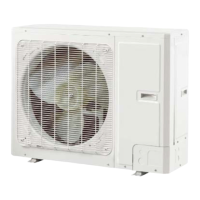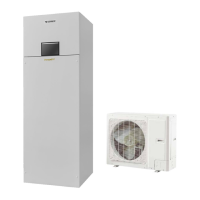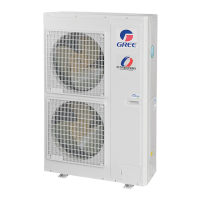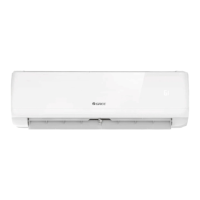4
Design & Selection
3 Selection of the Underoor Coils
3.1 Calculation of Unit Load for Floor Heating
Empirical Values of Floor Heating Load Per Square Meter
House W/m
2
Dining Room 100~120
Mater Room 100~110
Guest Room 110~130
Study Room 90~110
Villa W/m
2
Dining Room 110~140
Mater Room 100~120
Guest Room 100~130
Study Room 100~120
Notes
①
Villas whose load is generally larger than the houses should take the value between the middle and the
maximum empirical values listed above.
②
The top lever whose load is generally larger than the middle or bottom layer should take the maximum
empirical value.
③
The guest room whose load is generally much large should take the value between the intermediate and
the maximum empirical values listed above.
④
For those whose external walls or glass areas are large, it is recommended to take the load calculation.
⑤
The heating load for the bathroom is generally 500W/room.
3.2 Selection of Tube Spacing of the Underoor Coils
Tube spacing of the underoor coils which will directly affect heat dissipation of the oor depends on the
tube material, indoor design temperature, supply water temperature and oor material.
Heat Dissipation of Commonly Used Coils
(Tube material: PE-X, Indoor temperature:18°C, Average water temperature:45°C)
Floor Material Thermal Resistance
m
2
·K/W
Tube Spacing
mm
Heat Dissipation
W/m
2
Tube Spacing
mm
Heat Dissipation
W/m
2
Stone 0.02 200 147.0 150 159.8
Wood 0.075 200 111.2 150 117.8
The dissipated heat of the floor coil is larger than the load for the floor heating system; however the
deviation cannot be larger than 10%.
3.3 Selection of Loop Quantity of Coils for Each Room
3.3.1Type of Underoor Coils
When selecting underoor coils, we should consider both their comfortability and heating capacity. The most
commonly used coils are as shown below.
Length of coils are calculated as below:
Square-shaped coil: =L*W/tube spacing=area/tube spacing
U-shaped coil: =L-1+L*W/tube spacing=L-1+area/tube spacing
The reason why the square-shaped coils are recommended is because they can keep even temperature
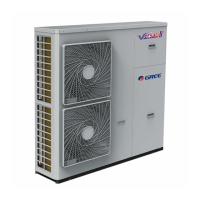
